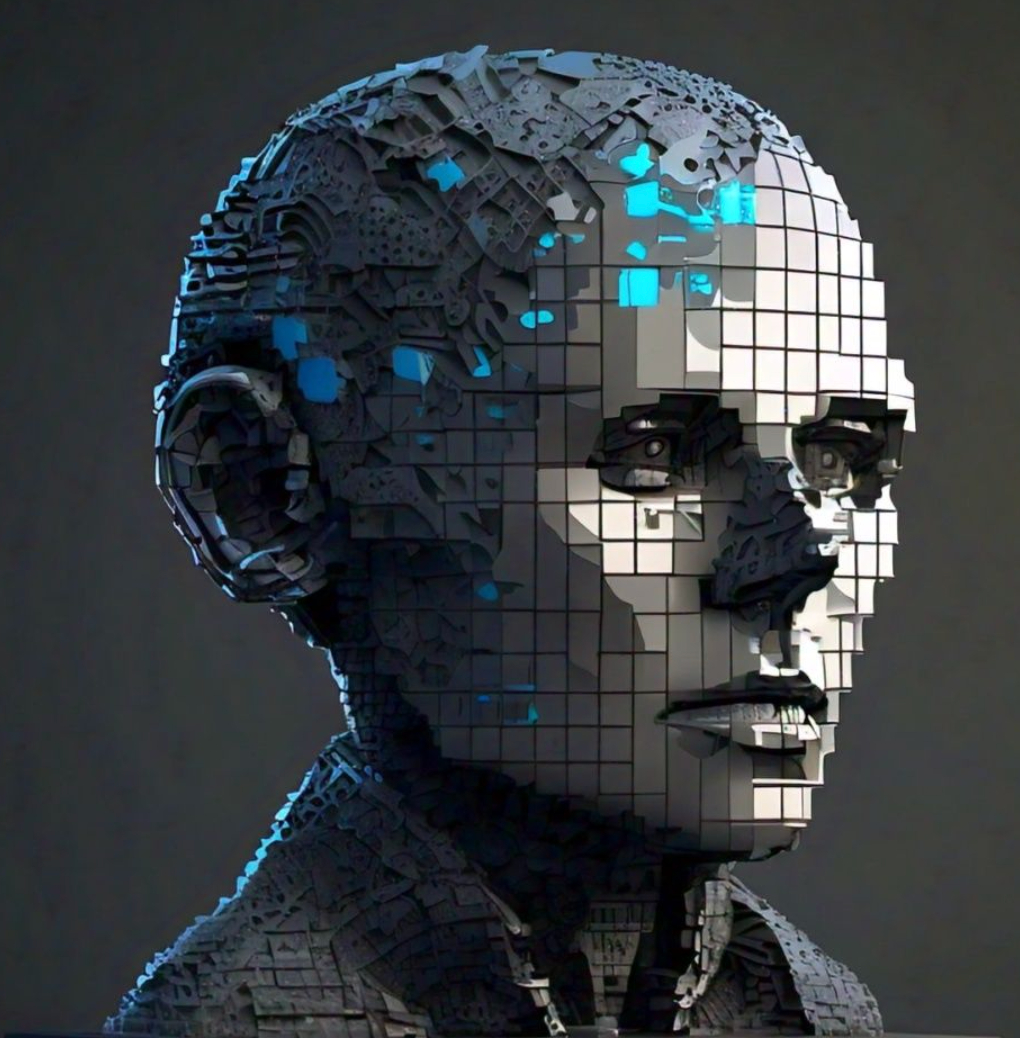121 reads
A Brief History of the Theoretical Computer Science Approach to Computation
by
September 4th, 2024
Audio Presented by

AIthics illuminates the path forward, fostering responsible AI innovation, transparency, and accountability.
Story's Credibility

About Author
AIthics illuminates the path forward, fostering responsible AI innovation, transparency, and accountability.